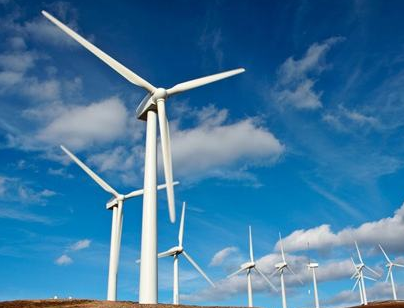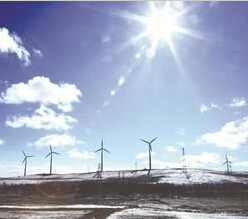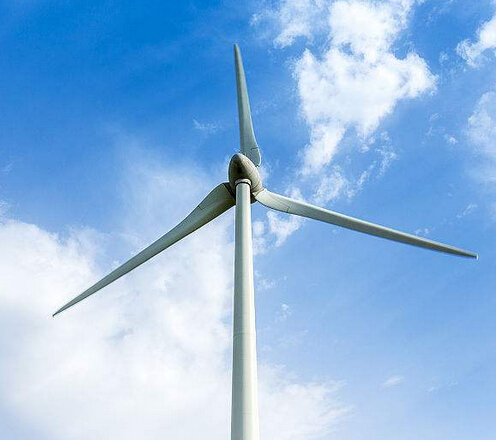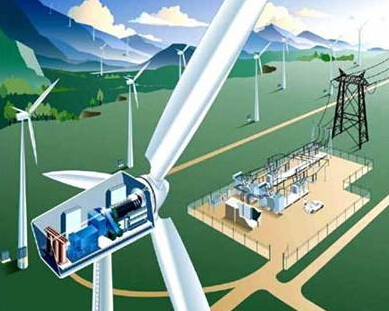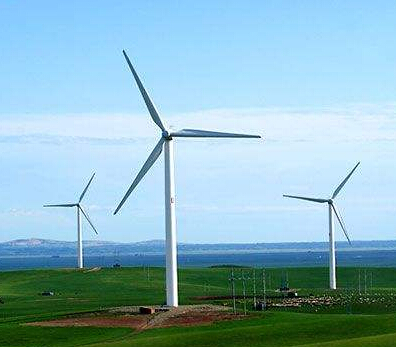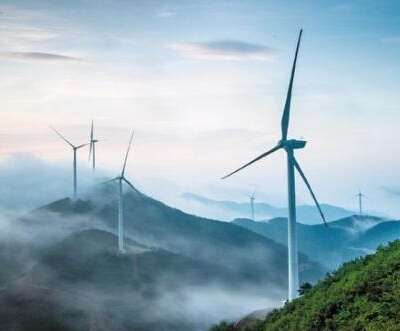As an essential element of the wind power industry chain, operation and maintenance is not only the end of engineering construction, but also the beginning of project operation. With the average annual installed capacity of wind power rising in the next three years, the corresponding wind power operation and maintenance sector, which is regarded as “10 billion yuan”, is rising.
With the gradual expansion of the installed capacity, wind power from the front end to the back end is welcoming a new incremental space: the operation and maintenance sector.
At present, wind power has become the third largest power source after thermal power and hydropower. According to the latest data released by China Electricity Council, China's accumulated wind power grid-connected capacity has reached 180 million kilowatts. Judging from the new installed capacity, in the first nine months of 2018, the national wind power grid has a new grid-connected capacity of 12.61 million kilowatts. The 13th Five-Year Plan for Wind Power Development issued by the National Energy Administration mentioned that by the end of 2020, the cumulative installed capacity of wind power in the country will reach 210 million kilowatts or more, accounting for about 6% of the country's total power generation.

When an industry develops to a certain scale or stage, the post-service market will be a new impetus for industrial development. After the wind power market, the wind turbine operation status monitoring, wind farm intelligent management, component maintenance and repair, spare parts management, unit decommissioning and transformation are covered. As the wind power out of warranty capacity has a considerable scale, the initial estimate is 100GW. If calculated according to the stand-alone capacity of 1.5MW, the contract will be reduced to nearly 70,000 wind turbines. How to increase the value of wind power assets in huge stocks has become a new topic that project owners need to crack.
The level of market operation and maintenance capability after wind power has become an important part of determining the quality of wind power assets. The operating life of a typical fan is 20 years to 25 years, and after 15 years of operation, its economy will be greatly reduced. As in the development of wind power projects, the best performance of the wind turbine in a reasonable running time has become one of the key factors to measure the success or failure of the wind farm. While the wind turbine itself must have a hard quality, its life cycle operation and maintenance is even more critical. The only way out is to operate the turbine safely, reliably, and at low cost, and the key is to maximize the life of the components and early warning and diagnosis.
However, the price of the wind level will cause the price to decrease, which may cause pressure on the whole machine. While seeking the price reduction, the pressure on the operation and maintenance cost of the fan will increase, which will also be a major obstacle to the development of wind power operation and maintenance. Industry analysis generally pointed out that by 2020, 40% of the wind turbine manufacturing enterprises will come from operation and maintenance services, and their profit contribution will reach 60%. According to the annual utilization hours of 2000 hours and the operation cost per kilowatt hour of 0.05 yuan, the total volume of wind power operation and maintenance market will reach 25.2 billion in the next three years. From the perspective of regional distribution, at present and even in the future, the target market for operation and maintenance is still mainly concentrated in the “Three North” region.
















 RCCN WeChat QrCode
RCCN WeChat QrCode Mobile WebSite
Mobile WebSite